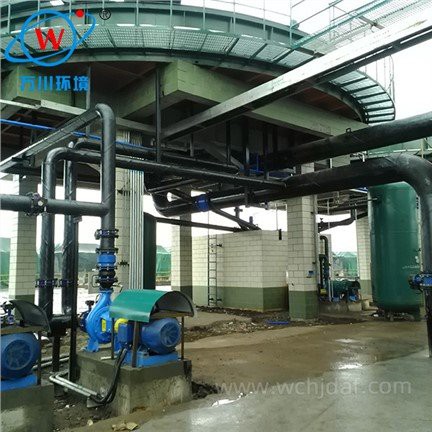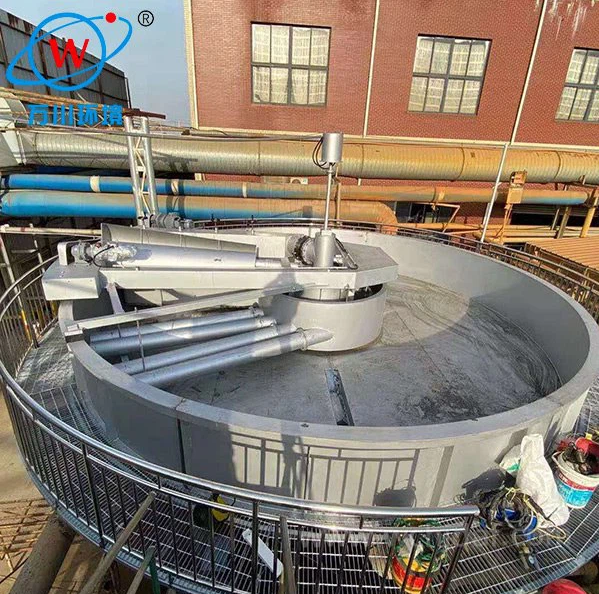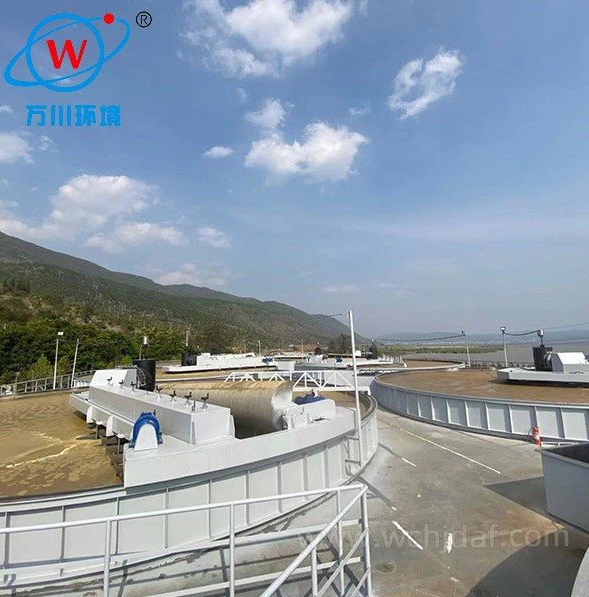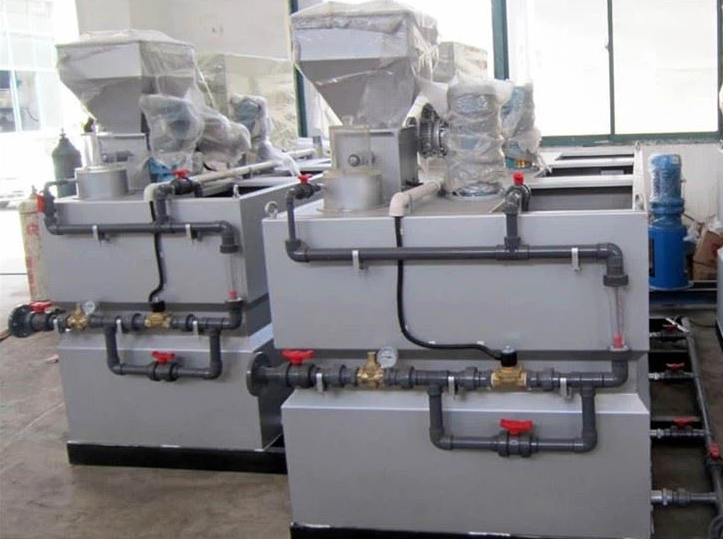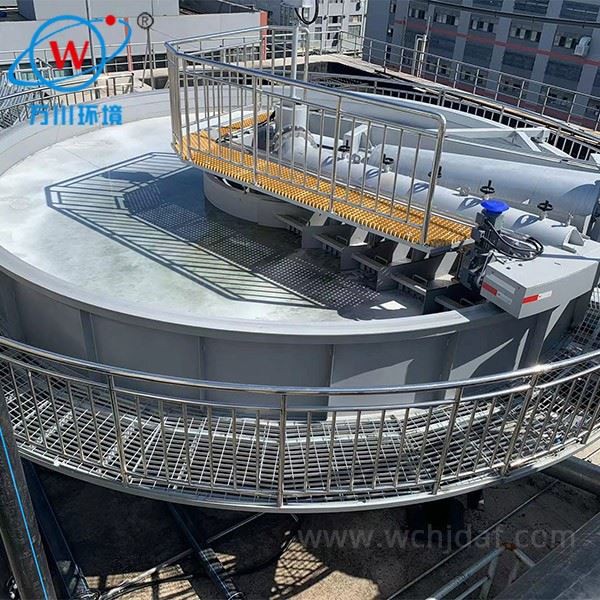DAF Bubble Generation Methods
DAF (Dissolved Air Flotation) equipment creates tiny air bubbles through a well-designed process that is fundamental to its water-separation capabilities. There are mainly two common methods for generating these bubbles in DAF systems:
1. Dissolved Air Release Method
This more widely used method involves several key steps:
- Part of the treated water (20-30% of total flow) is pumped into a pressurized air-saturation tank
- Air is injected under pressure (0.3-0.6 MPa), creating a supersaturated solution
- The supersaturated water is released into the flotation tank through a pressure-reducing device
According to Henry's law, the sudden pressure drop causes air to come out of solution as countless tiny bubbles (20-100 μm diameter), providing large surface area for contaminant attachment.
2. Mechanical Aeration Method
This alternative approach uses different mechanisms:
- Mechanical devices like high-speed impellers or turbines
- Rotational forces shear introduced air into small bubbles
- No pressurization required
However, compared to the dissolved air method:
- Bubbles are typically larger and less uniform
- Generally produces lower efficiency separation
For these reasons, the dissolved air release method is preferred for most high-efficiency DAF applications.
Key Comparison
Critical differences between the two methods:
- Bubble size: Dissolved air (20-100μm) vs Mechanical (larger)
- Energy input: Pressure vs Mechanical rotation
- Consistency: More uniform bubbles from dissolved air method
- Equipment: Pressure vessels vs mechanical agitators
The choice between methods depends on application requirements, with dissolved air being the standard for most water treatment applications requiring high-quality separation.

